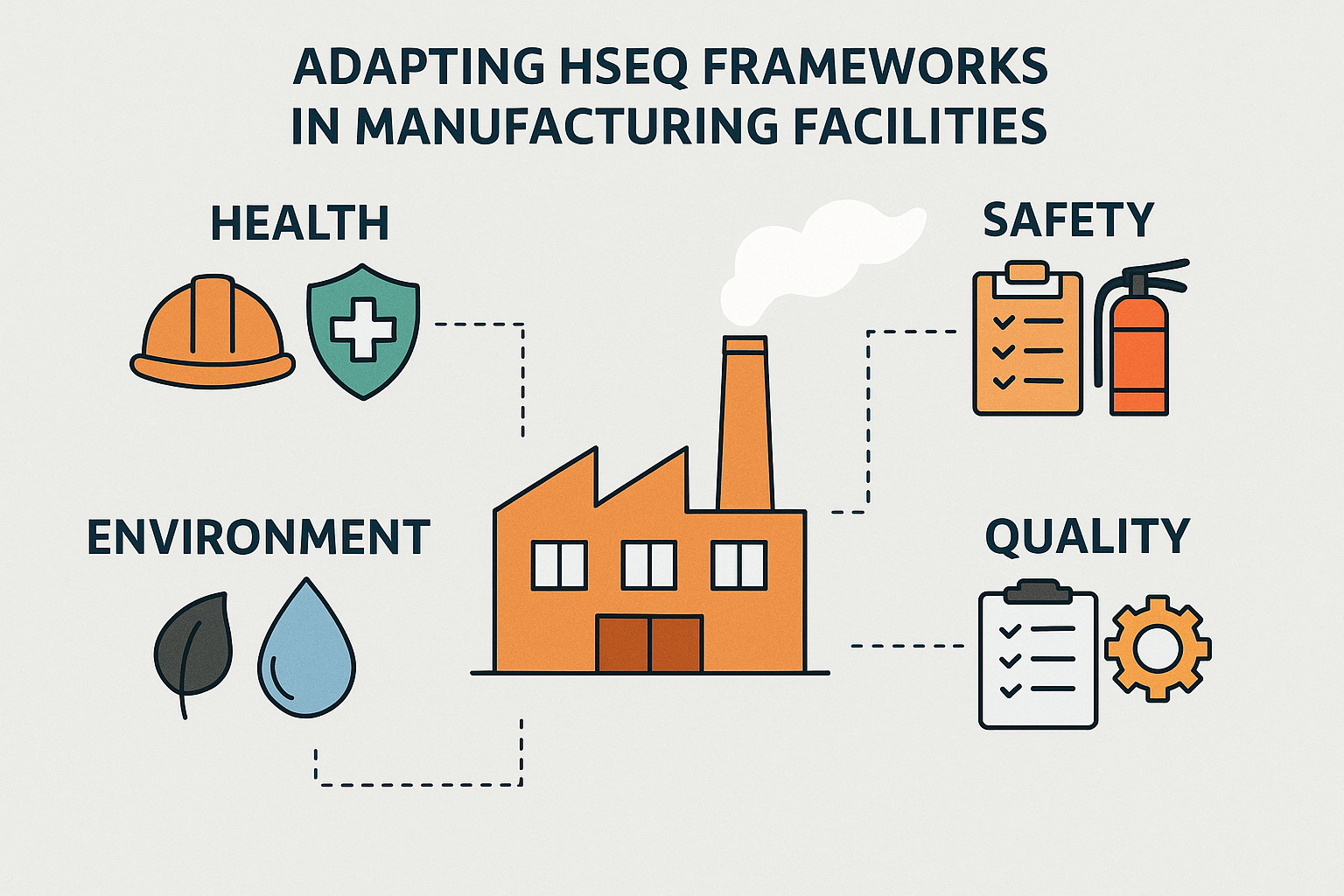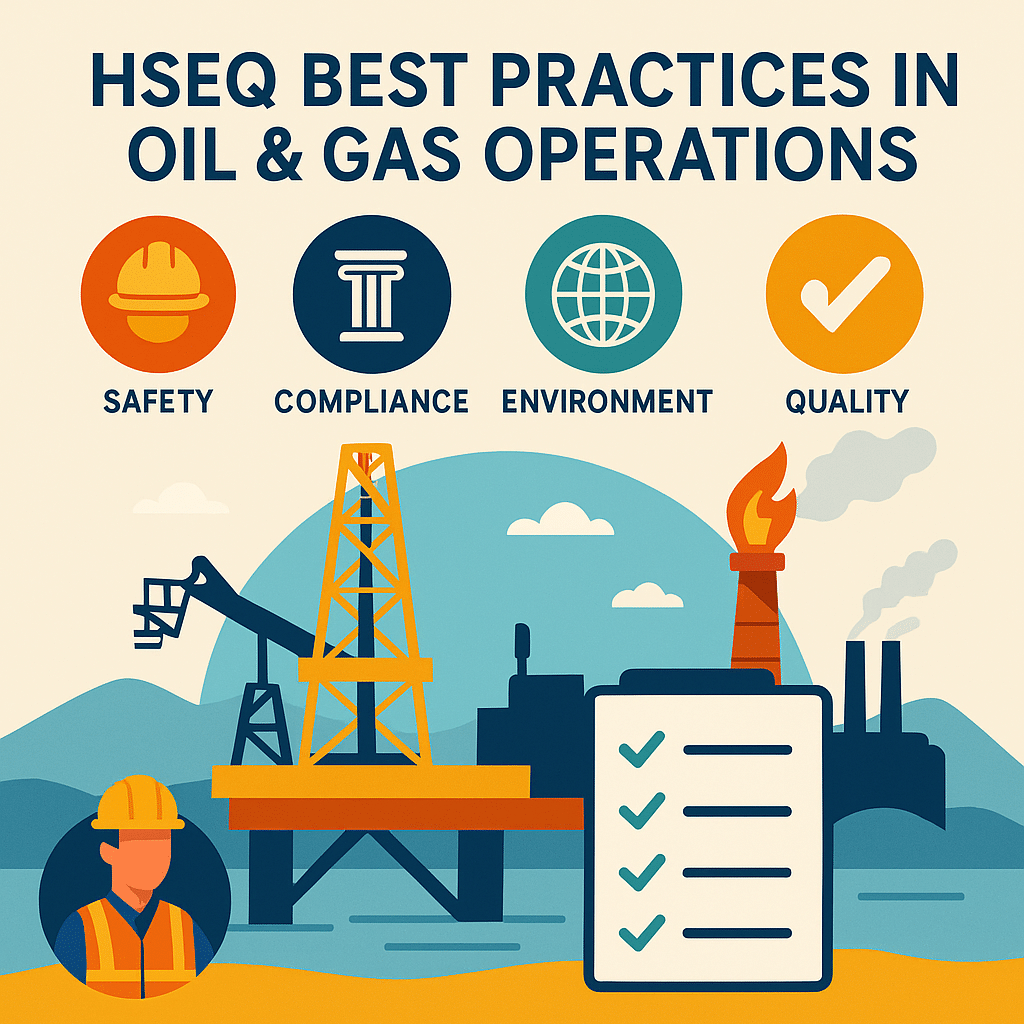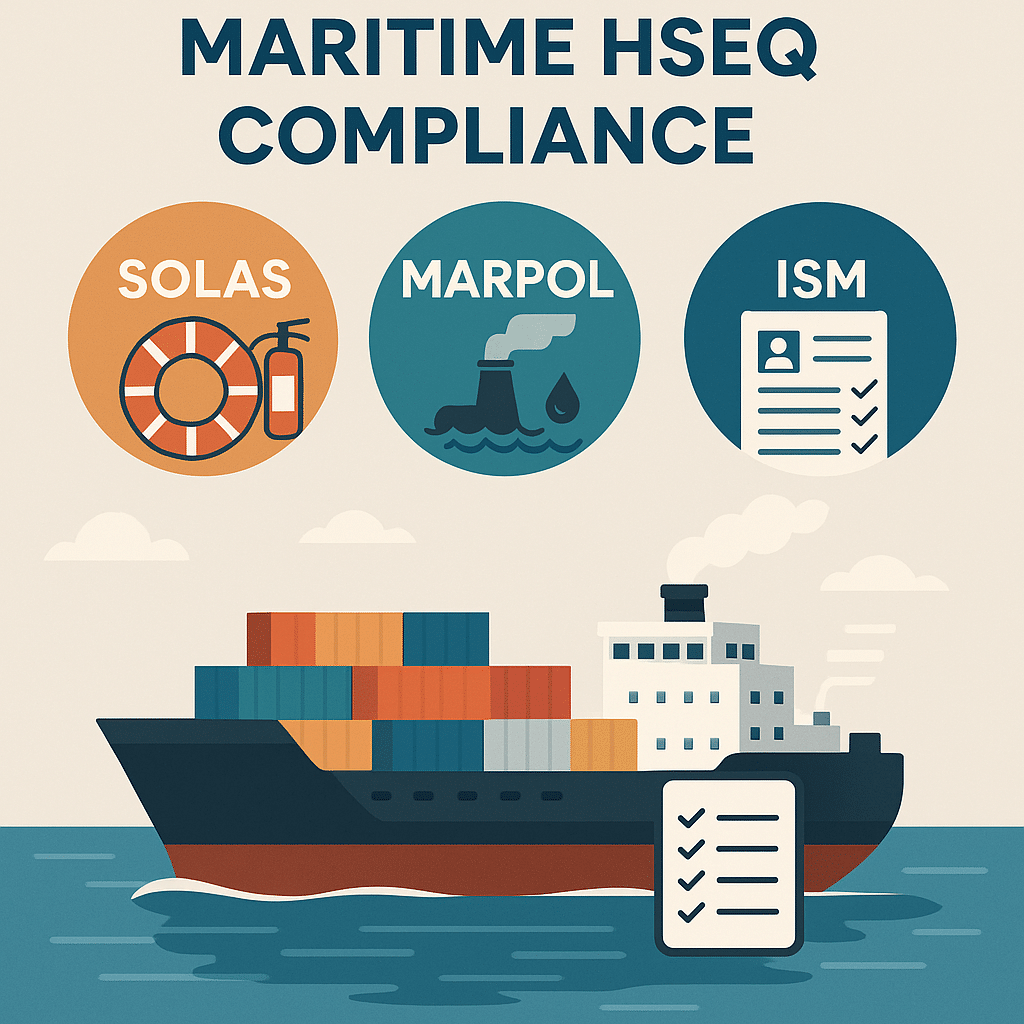
HSEQ (Health, Safety, Environment, and Quality) is a comprehensive management approach that ensures workplace practices protect employee well-being, minimize environmental impact, and maintain high standards of operational quality.
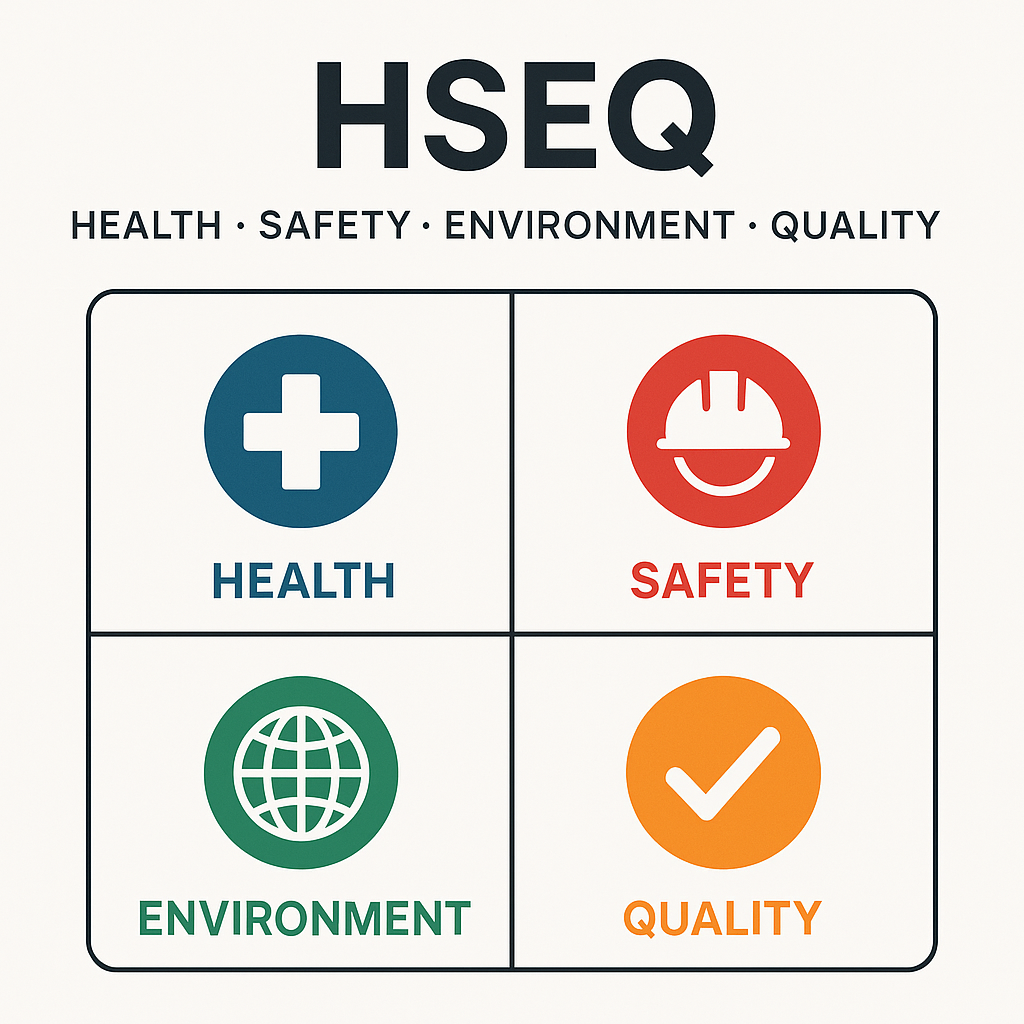
HSEQ (Health, Safety, Environment, and Quality): The Backbone of Responsible Business Operations
HSEQ — standing for Health, Safety, Environment, and Quality — is a critical, integrated framework adopted by organizations to ensure they operate responsibly, sustainably, and in alignment with both regulatory compliance and stakeholder expectations.
At its core, HSEQ aims to protect people, preserve the planet, and uphold product or service excellence.
Health: Protecting the Workforce
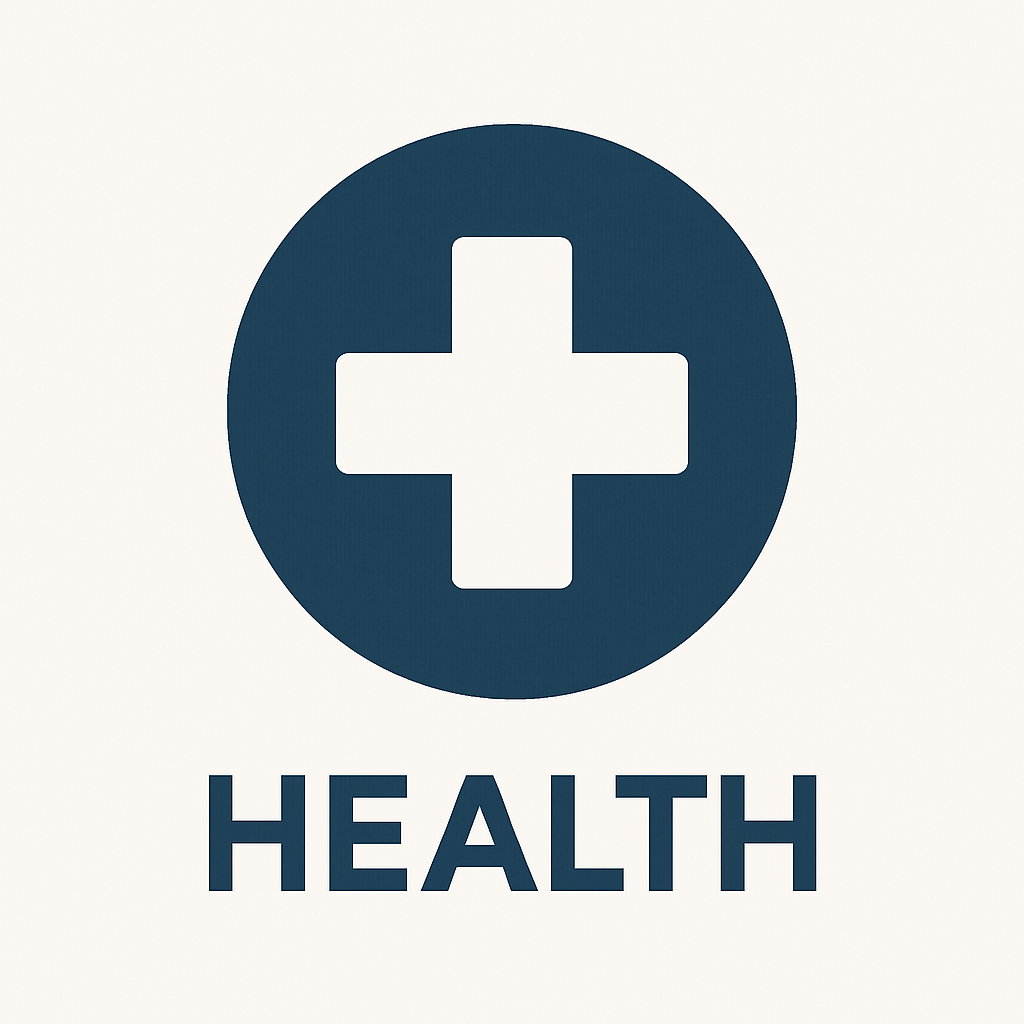
The health component of HSEQ focuses on both physical and mental well-being in the workplace. Employers are responsible for minimizing occupational health risks through proactive programs such as health surveillance, ergonomics, wellness initiatives, and preventive medical screenings.
From reducing exposure to hazardous substances to implementing stress management programs, workplace health management ensures employees remain fit, productive, and protected.
Internal examples include promoting healthy behaviors, ensuring indoor air quality, and maintaining hygiene standards. Externally, companies often align with global standards like ISO 45001 to drive continuous health improvements.
Safety: Preventing Incidents and Accidents
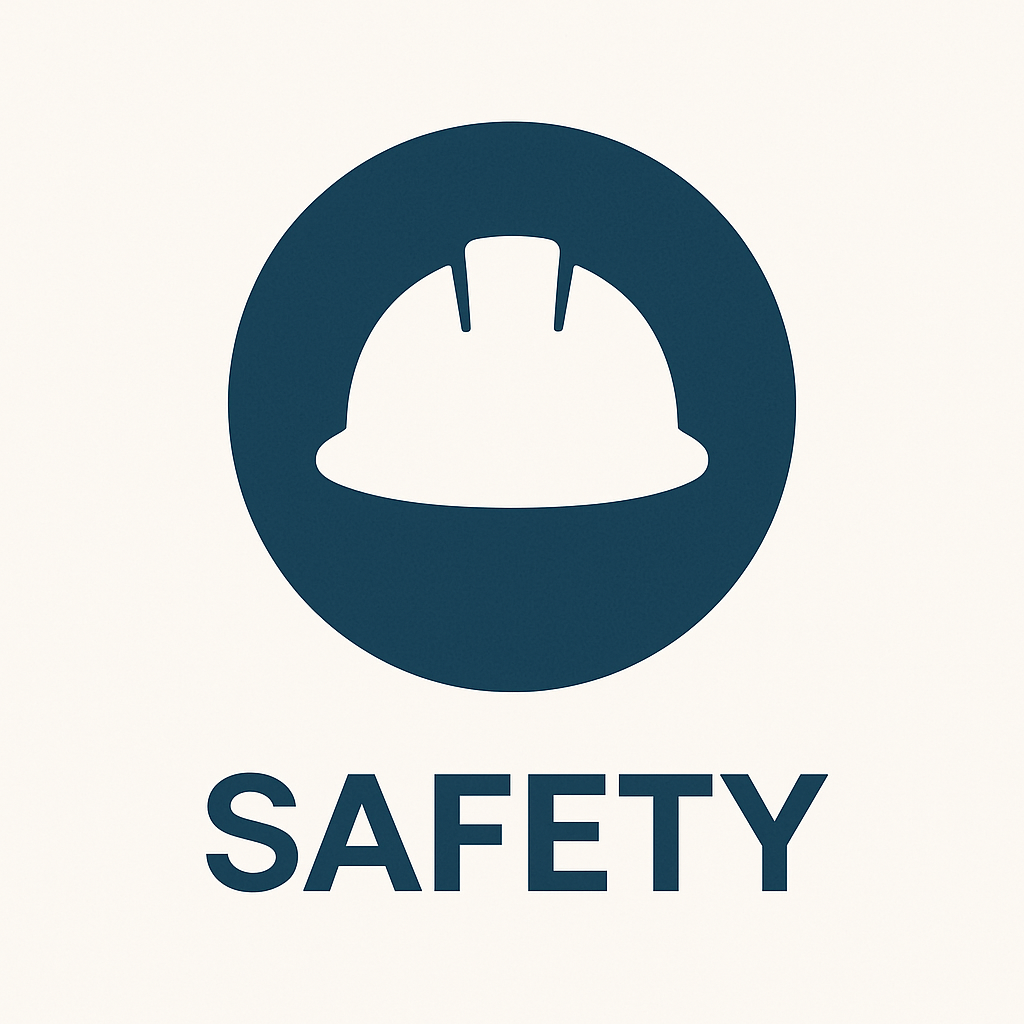
Safety within the HSEQ system addresses the identification, assessment, and control of risks that could lead to workplace injuries or fatalities.
Effective safety programs involve hazard assessments, employee training, emergency response planning, PPE usage, and fostering a safety-first culture.
Regular toolbox talks, compliance with national safety standards like OSHA in the U.S. or CCOHS in Canada, and the integration of safety technologies all contribute to reducing incidents. A strong safety culture not only prevents harm but also boosts morale and retention.
Environment: Sustaining the Planet

The environmental aspect of HSEQ ensures that a company’s operations are sustainable and environmentally responsible. Environmental stewardship includes controlling emissions, reducing waste, managing resource consumption, and preventing pollution. Organizations that prioritize environmental health also aim for compliance with regulations like ISO 14001 and national environmental acts.
Companies might integrate renewable energy, water conservation strategies, and eco-friendly materials to demonstrate environmental accountability. Beyond compliance, strong environmental practices contribute to brand reputation and long-term viability.
Quality: Delivering Excellence Every Time
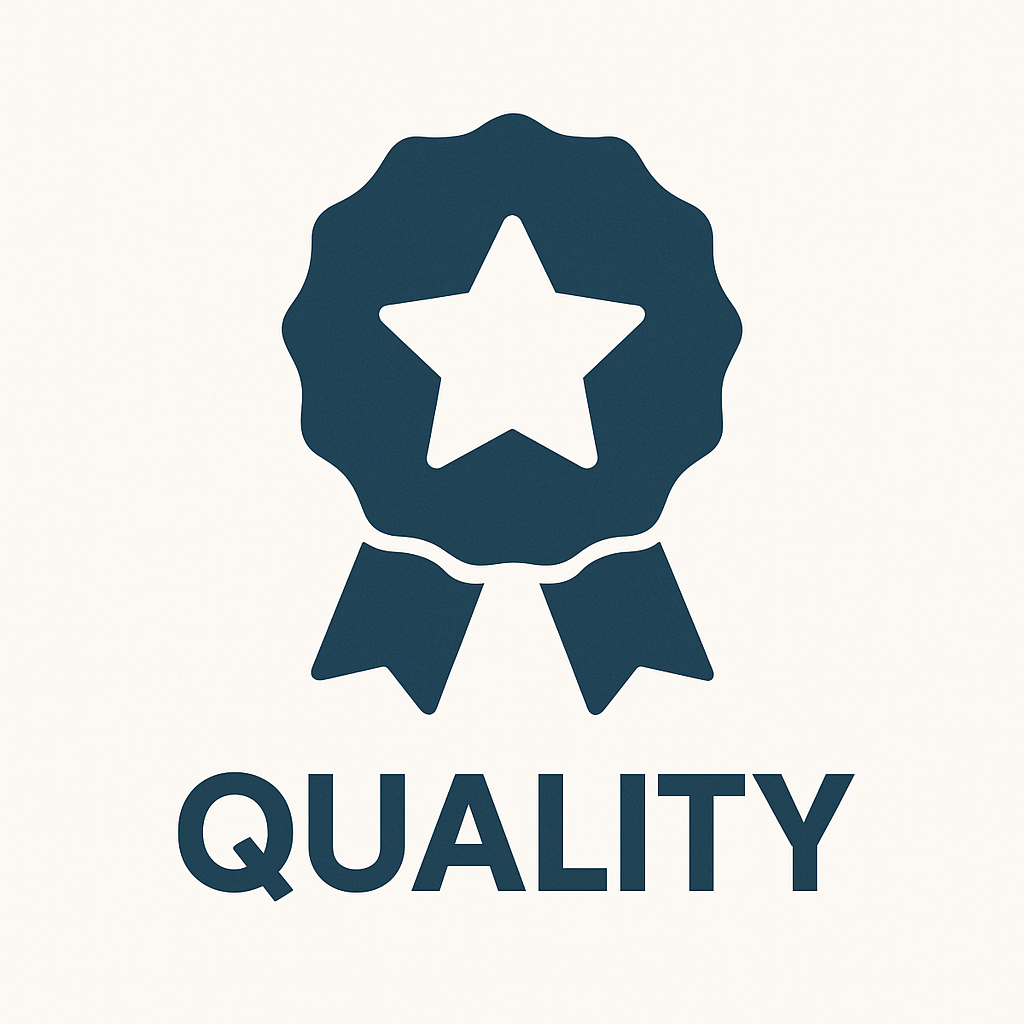
Quality in HSEQ reflects a commitment to delivering products and services that meet or exceed customer expectations. Quality assurance involves setting clear standards, consistent monitoring, corrective actions, and continuous improvement. Organizations often align with ISO 9001 to develop a quality management system (QMS).
This component ensures process efficiency, customer satisfaction, and long-term competitiveness. From audits and root cause analysis to feedback loops and defect reduction, quality is the thread that ties together operational excellence.
Why HSEQ Matters
HSEQ is not just a checklist—it’s a strategic philosophy. A robust HSEQ system:
- Enhances employee trust and engagement
- Reduces operational risks and costs
- Demonstrates regulatory compliance
- Strengthens corporate reputation
- Promotes environmental sustainability
- Improves customer loyalty through consistent quality
In today’s world, stakeholders—be it employees, clients, regulators, or investors—expect organizations to be transparent, accountable, and committed to high HSEQ standards.
Implementing a Strong HSEQ System
To effectively implement HSEQ, organizations should:
- Establish clear HSEQ policies and objectives
- Appoint competent HSEQ leadership and teams
- Conduct regular risk assessments and audits
- Use data to monitor KPIs (Key Performance Indicators)
- Engage employees through training and communication
- Integrate HSEQ into everyday business decisions
Digital tools, IoT safety systems, environmental monitoring platforms, and employee feedback apps can all enhance HSEQ management systems.
HSEQ in Different Industries
| Industry | HSEQ Application |
|---|---|
| Construction | Site safety, dust control, structural quality assurance |
| Healthcare | Infection control, waste management, patient safety |
| Oil & Gas | Emergency response, spill prevention, pipeline quality |
| Manufacturing | Machine guarding, emissions control, product inspections |
| Food Industry | HACCP, hygiene standards, consistent quality checks |
Each sector applies the HSEQ principles uniquely, but all share the same goal: zero harm, zero waste, and zero defects.
HSEQ and Continuous Improvement
HSEQ frameworks thrive on the principle of continuous improvement. Using methods like PDCA (Plan-Do-Check-Act), organizations can constantly evaluate performance, close gaps, and elevate standards.
Regular internal audits, management reviews, and employee feedback loops ensure the HSEQ system remains effective, agile, and aligned with evolving regulations and stakeholder expectations.
Conclusion: HSEQ is a Business Imperative
HSEQ—Health, Safety, Environment, and Quality—is more than an acronym; it’s a guiding philosophy that builds safer workplaces, cleaner operations, and better products. Whether you’re on a construction site, in a factory, or in an office, the principles of HSEQ touch every process and person.
A company that prioritizes HSEQ demonstrates leadership, integrity, and long-term vision. By protecting people, the planet, and performance, HSEQ lays the foundation for sustainable success.




